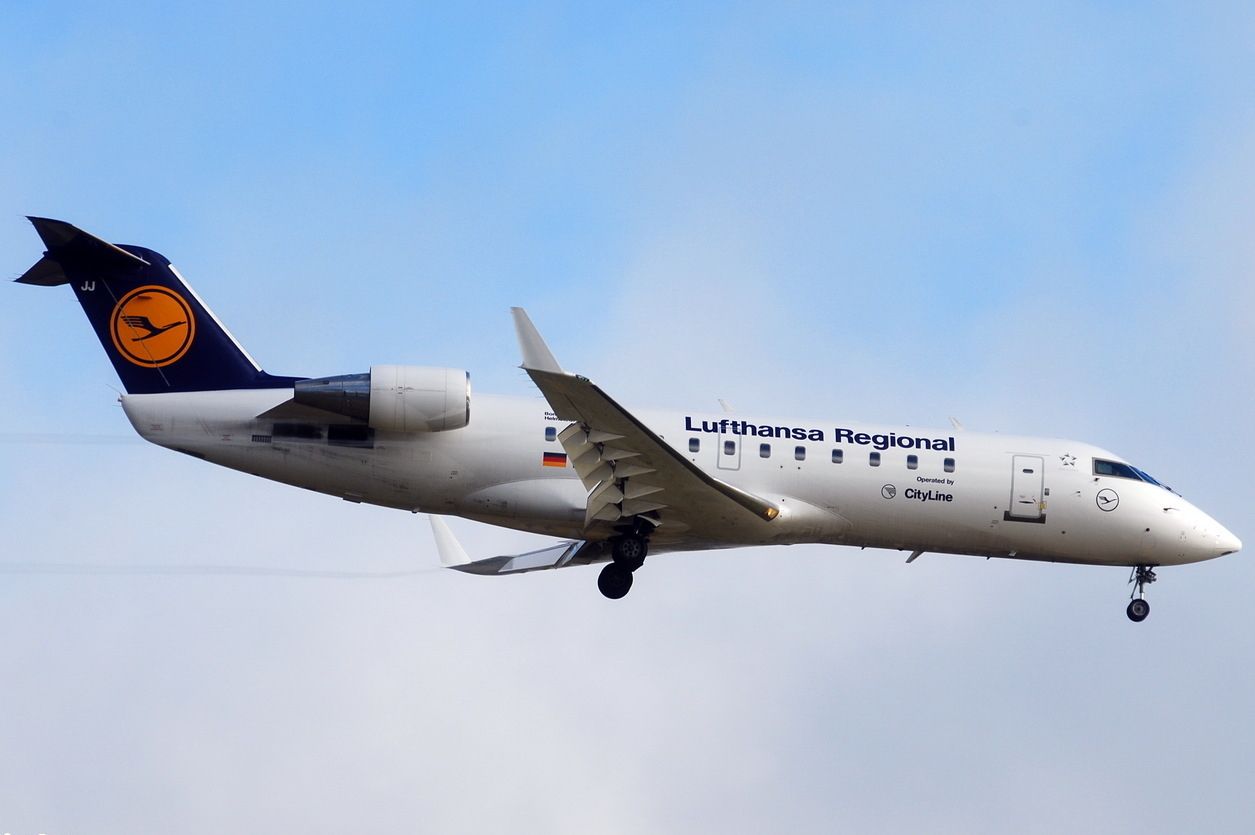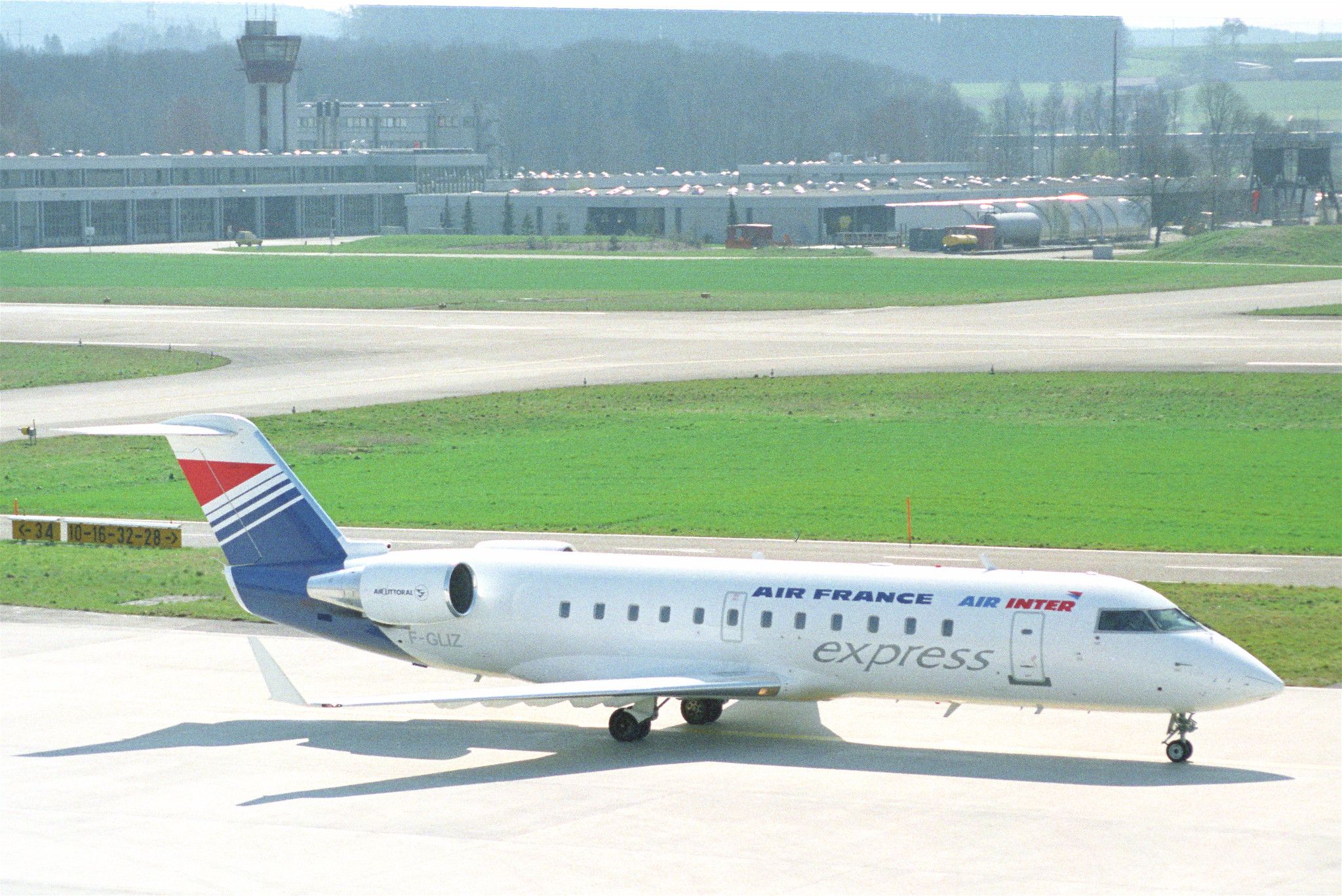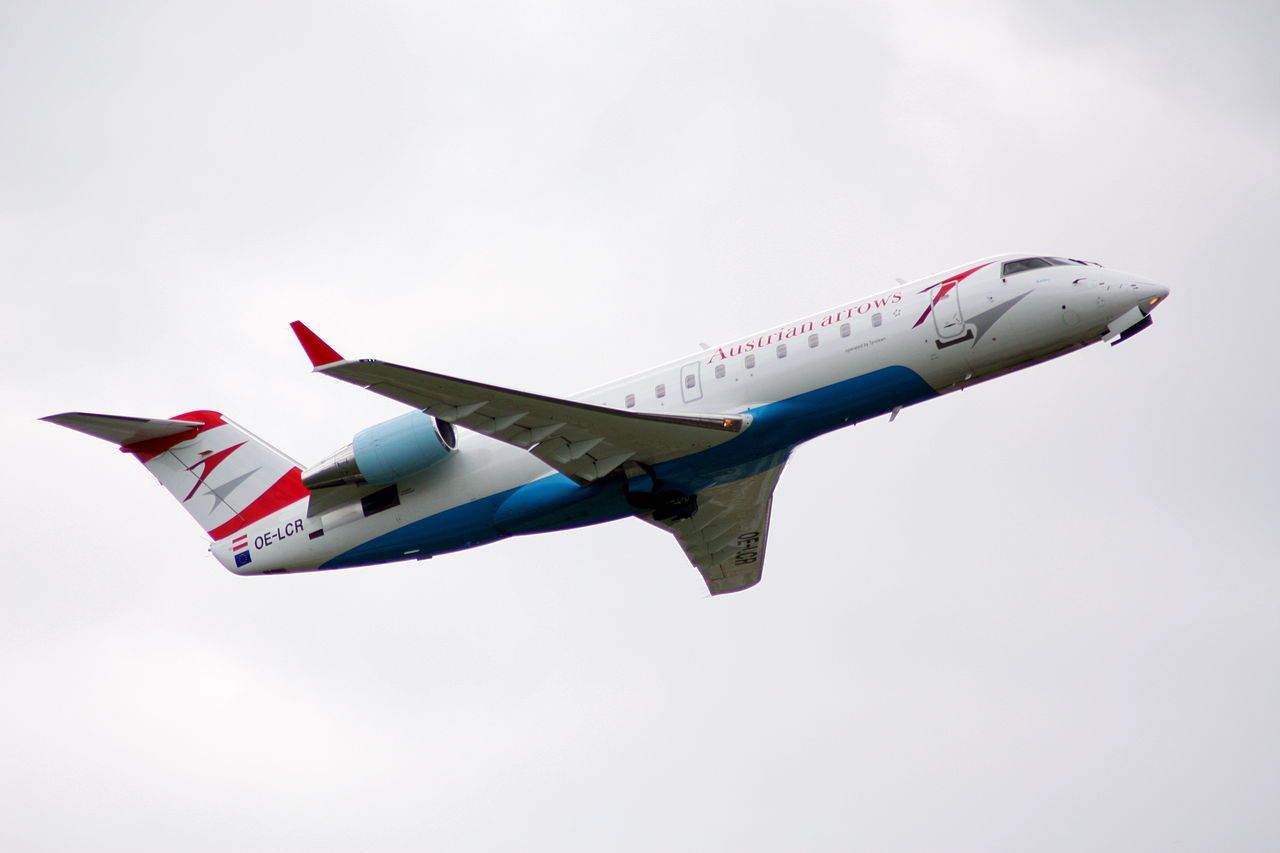To celebrate the 32nd anniversary of the Bombardier CRJ100 prototype's first flight on May 10, 1991, we will see how the CRJ has evolved to its current position. The origin of the CRJ Series, which stands for Canadian Regional Jet, can trace its roots back to the Canadair Challenger business jet.
During the 1970s, Canadair engineers looked at the relatively wide fuselage of the Challenger and decided that a stretched version of the plane could make for an ideal regional commuter jet. In 1980 the Montreal, Canada-headquartered plane maker Canadair published a proposal for an extended version of the Challenger to accommodate an additional 24 seats. However, work on building the plane never happened, and the idea was binned the following year.
Bombardier began work on the CRJSeries after buying Canadair
Despite plans to build the aircraft being terminated, the concept of building a stretched version of the Challenger remained. After Bombardier purchased Canadair in 1986, design studies again looked at creating an extended version of the Challenger business jet.
Estimating a demand of over 1,000 jets from airlines, the Canadian aircraft manufacturer set about building a 48-seat plane that could outperform similar-sized turboprops. Having decided to keep the name Canadair Regional Jet (CRJ), work on building the aircraft commenced in the spring of 1989. The initial plan was to make at least 400 aircraft.
The break-even cost was low thanks to the financial backing of the Canadian government
After the Canadian government stepped in to offer financial support, Bombardier's break-even point was already relatively low. The press also speculated that Bombardier's purchase of Learjet in 1990 allowed the development costs for the CRJ Series to be written off. The combination of these factors substantially lowered the jet's price tag, hence Bombardier's rather low break-even point. In addition, the operating cost of the CRJ was lower than rivals like the Fokker 50, ATR-42, and Bombardier Dash 8-300.
The prototype CRJ100 took to the skies from Montreal–Pierre Elliott Trudeau International Airport (YUL) for the first time on May 10, 1991. Two more prototypes were built, and Transport Canada awarded the plane its airworthiness certificate the following year.
The aircraft was developed further into the CRJ100ER, with a 20% greater range, and then the CRJ100LR, with a 40% extended range compared to the first CRJ100 Series planes. The CRJ200 soon followed with newer, more efficient engines, a higher speed, and cruising altitude. In the mid-1990s, Bombardier saw the potential for a larger regional jet and began work on the 70-seat CRJ700 and then even more significant variants, the CRJ900 and CRJ1000.
The entire Bombardier CRJ regional airliner family was purchased by Mitsubishi Heavy Industries (MHI) on June 1, 2020, with the Japanese conglomerate committed to maintaining the aircraft and manufacturing spare parts.
Specifications and general characteristics of the CRJ100/200
- Crew: two pilots and one flight attendant
- Seating capacity: 50 passengers
- Cabin height: 6 feet 1 inch
- Cabin width: 8 feet 3 inches
- Wingspan: 69 feet 6 inches
- Height: 20 feet 8 inches
- Wing area: 520.4 square feet
- Operating empty: 30,500 lbs
- Max payload: 13,500 lbs
- Max fuel: 2,135 US gallons
- Engines: 2 xGE CF34-3A1 or GE CF34-3B1
- Range: CRJ200LR: 1,898 miles
- Normal cruise speed: 480mph
- Service ceiling: 41,000 feet



